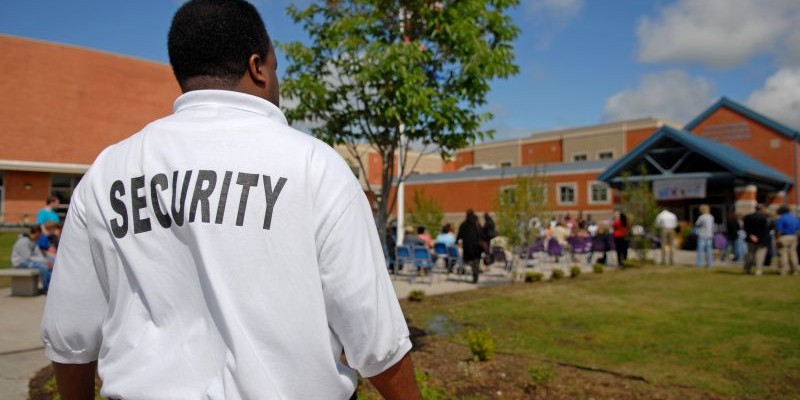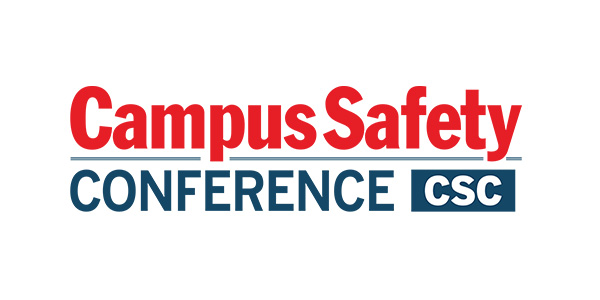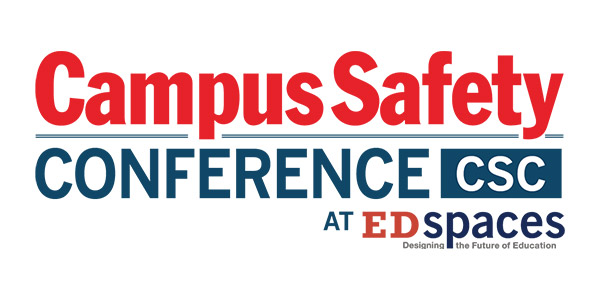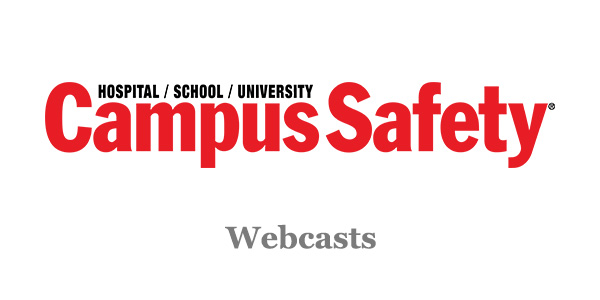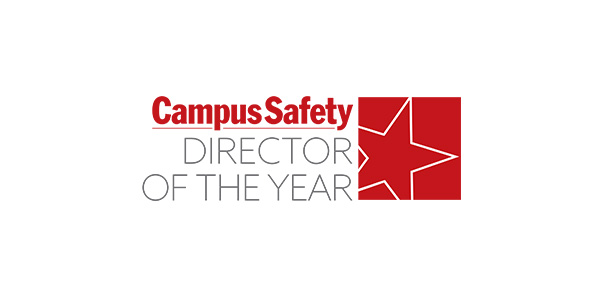In educational environments, emergencies can strike without warning — from medical crises in dormitories to active threats in classrooms. But what isn’t guaranteed is whether a 911 call will be routed correctly—with the right location and to the right responders.
However, many schools, colleges, and universities struggle with complex communication systems that can fail when emergencies strike. Inadequate location accuracy, poor system integration, and compliance gaps can delay critical response times and put students, faculty, and staff lives in jeopardy.
Educational institutions face unique challenges that make proper 911 routing even more critical:
- Campus sprawl: Multiple buildings, residence halls, and facilities spread across large areas
- High population density: Thousands of students, faculty, and visitors in concentrated spaces
- 24/7 operations: Dormitories and facilities that never close, requiring round-the-clock emergency preparedness
- Vulnerable populations: Young adults living independently, often for the first time
- Complex jurisdictions: Campuses that may span multiple emergency service territories
Administrative Lines Aren’t Built for Campus Emergencies
While Public Safety Answering Points (PSAPs) are staffed by trained emergency dispatchers with access to location technology, administrative lines are not:
- Often unmonitored or go to voicemail — especially during nights and weekends when emergencies are common
- Don’t transmit automatic location data — critical when a caller is in distress in a large campus building
- Can’t be transferred across jurisdictions — problematic for campuses spanning multiple municipalities
- May be answered by untrained personnel — such as work-study students or night desk staff
Using them for emergency response is a recipe for delay and miscommunication.
Compliance Isn’t Optional
As you may know, Federal laws like Kari’s Law and the RAY BAUM’s Act require:
- Direct 911 dialing without a prefix
- Detailed “dispatchable” location information
- Internal safety notifications when 911 is dialed
Non-compliance carries fines up to $10,000 per violation, plus $500/day until resolved. But the bigger risk is delayed emergency response that could impact student safety and institutional liability.
Education’s Unique E911 Challenges
Educational environments present complex scenarios:
- Multi-building campuses with identical room numbers across buildings
- Mobile staff and students using campus communication systems
- Hosted UC platforms like Cisco CUCM and Avaya across distributed locations
- Growing remote learning programs — where students may need emergency assistance at off-campus locations
- Campus security integration requirements for lockdown and emergency notification systems
Each of these scenarios complicates accurate 911 routing and compliance — especially when the caller is a student in distress or faculty member in a remote campus location.
Real Campus Scenarios, Real Risk
- Dormitory Medical Emergency
A student calls 911 from their dorm room during a medical crisis. Without proper location data, responders waste precious minutes determining which of five residence halls and which specific room needs help. - Classroom Security Threat
Faculty member dials 911 during a campus threat situation. The call routes to an administrative line that goes to voicemail, delaying critical law enforcement response and campus-wide alerts. - Remote Learning Crisis
An online student experiences a medical emergency during a virtual class. The instructor tries to call for help, but 911 routes based on the university’s location — not where the student is actually located. - Campus Mental Health Emergency
A student in crisis calls 911 from a campus phone. Without precise location information, counselors and emergency responders can’t quickly locate the student who may be in immediate danger.
RedSky: Education-Ready E911 Solutions
RedSky Technologies provides cloud-native, scalable solutions that ensure every emergency call is:
- Routed to the correct PSAP
- Accompanied by precise location data (building, floor, room)
- Compliant with federal and state regulations
- Communicated internally to campus safety teams
We integrate seamlessly with your existing platforms — whether you’re using Microsoft Teams, Webex, Cisco, or Avaya across your campus network.
E911 Anywhere
Routes 911 calls with building, floor, and room-level detail — essential for large campus environments with multiple buildings and identical room numbering systems.
Horizon Assist
Enables authorized staff to place 911 calls on behalf of others — ideal for residence hall advisors, campus health centers, and remote learning support staff.
MyE911
Tracks the location of mobile users — critical for campus security, maintenance staff, and students using campus WiFi calling throughout large campus areas.
Emergency Notifications
Alerts campus security teams immediately when 911 is dialed, enabling coordinated emergency response and campus-wide notifications when appropriate.
Proven Results for Educational Institutions
- Avoid regulatory penalties and compliance issues
- Improve student, faculty, and staff safety across all campus locations
- Reduce emergency response times in critical situations
- Maintain compliance across multiple platforms, buildings, and campus locations
- Integrate with existing campus safety and notification systems
Don’t Wait for a Campus Emergency
Your institution’s emergency response system must be as advanced as your educational technology. If you’re unsure whether your campus meets today’s E911 standards, it’s time to act — before the next emergency puts your community at risk.
Request a demo to see how RedSky helps educational institutions modernize 911 response — protecting students, faculty, and staff before the next emergency strikes.

